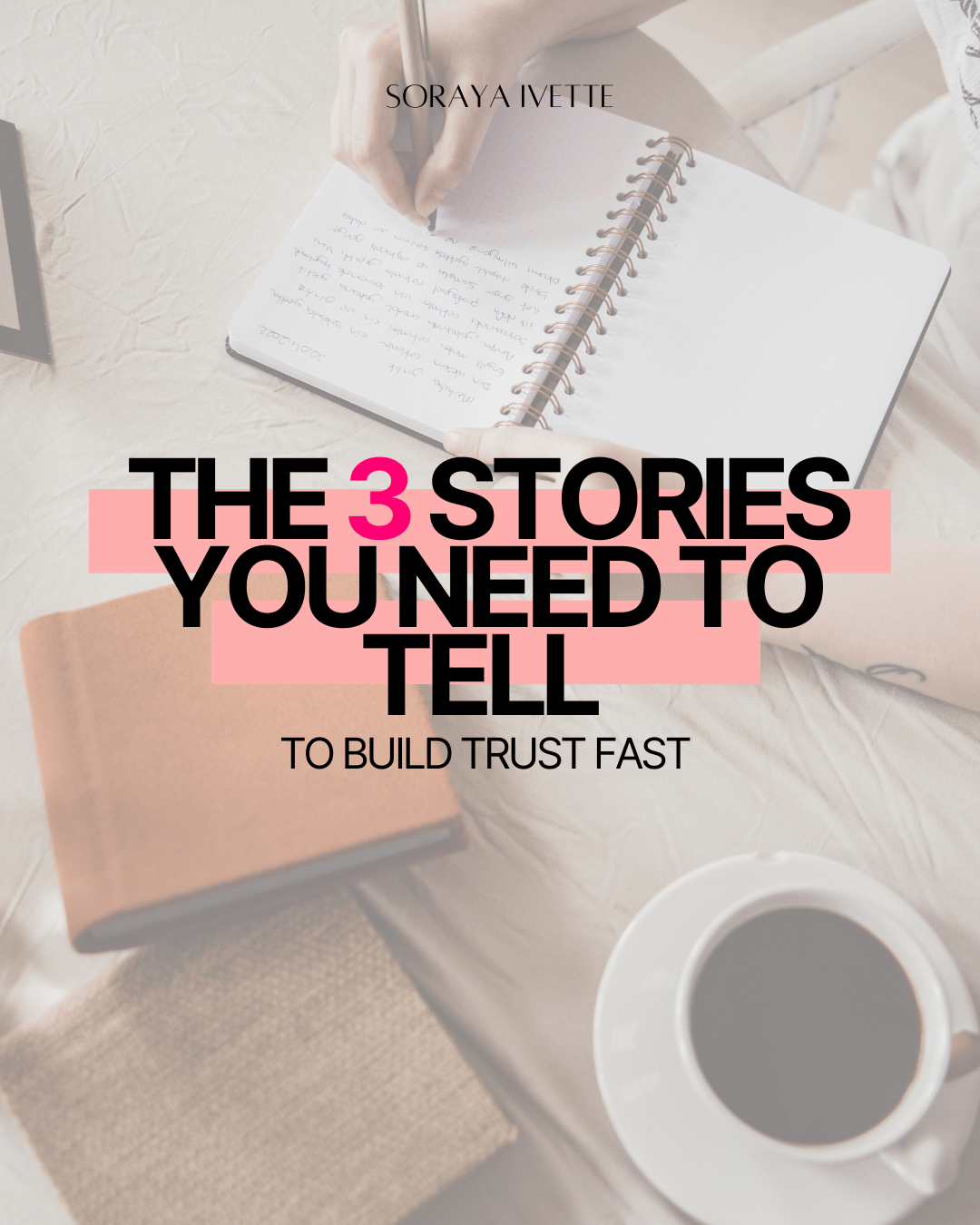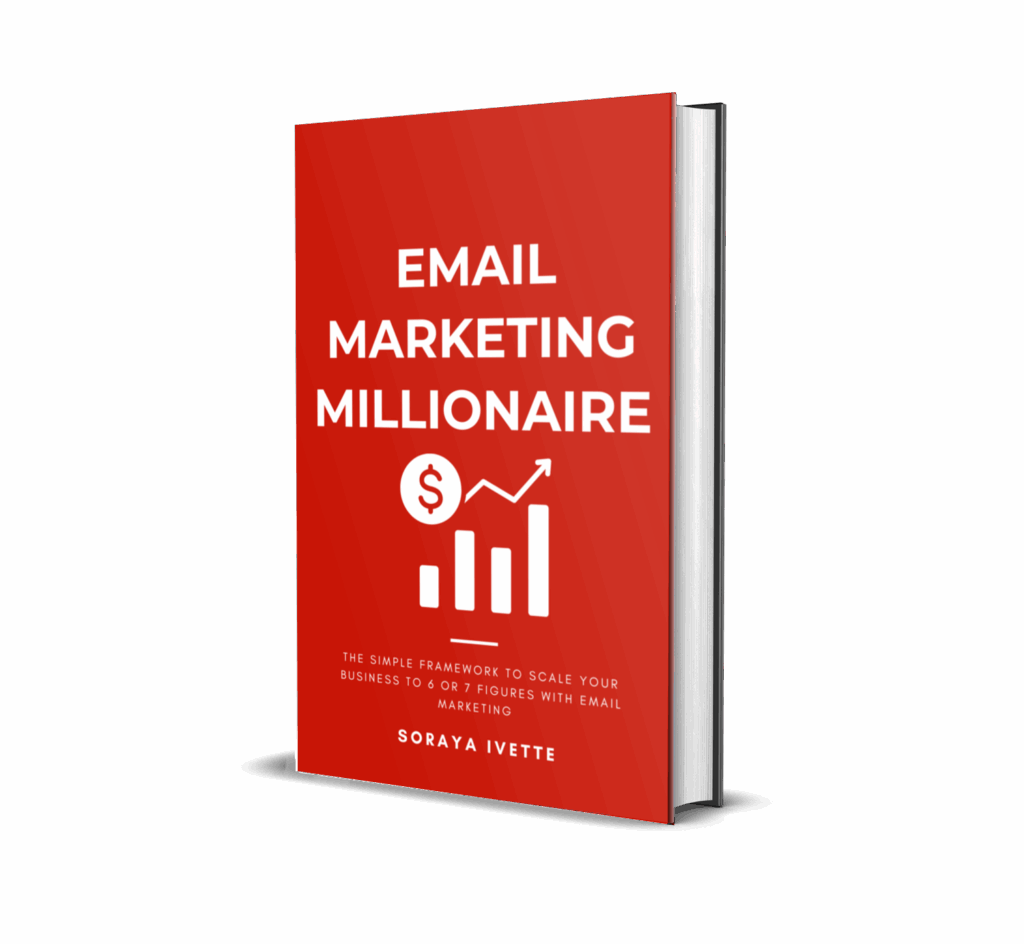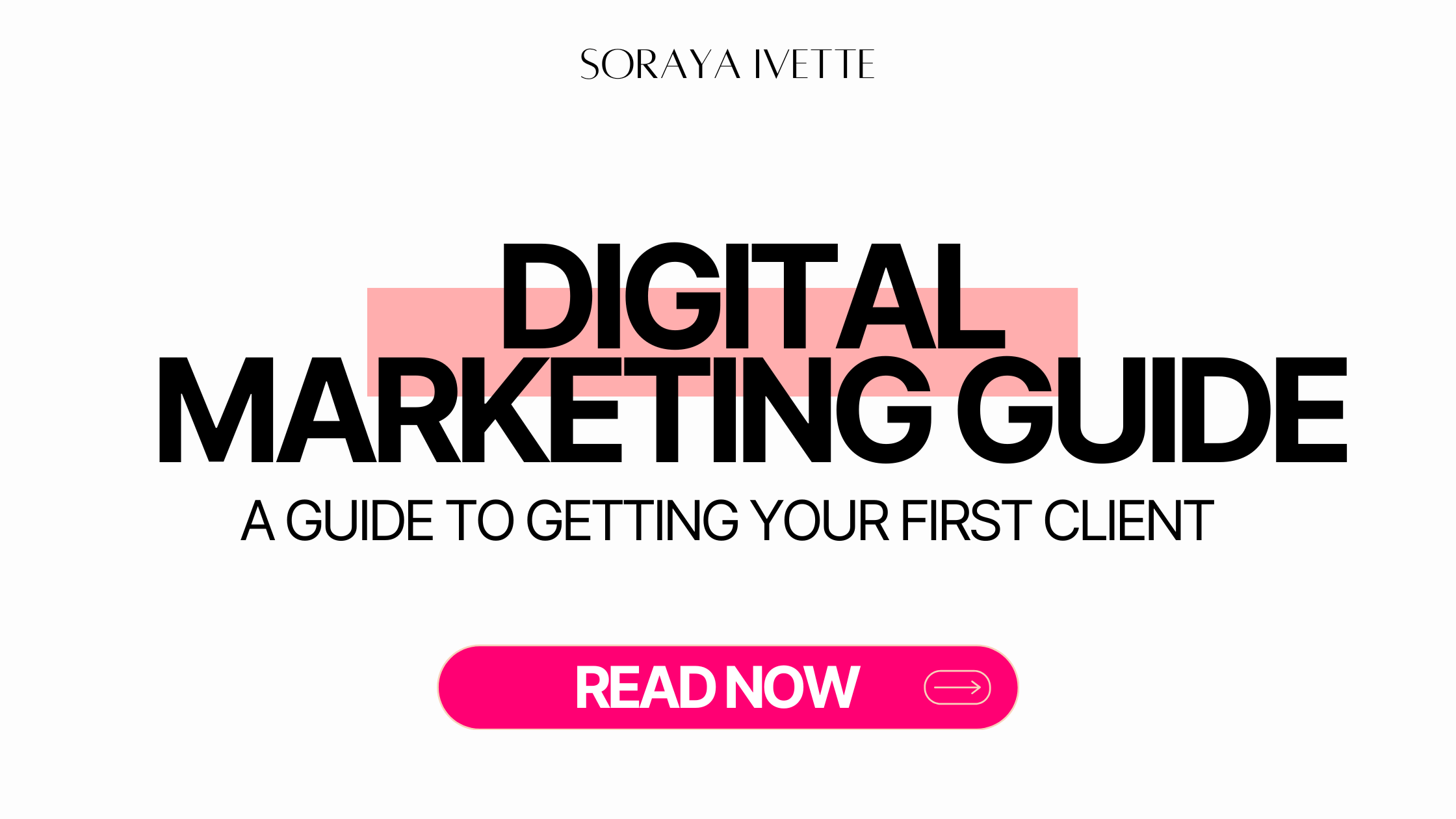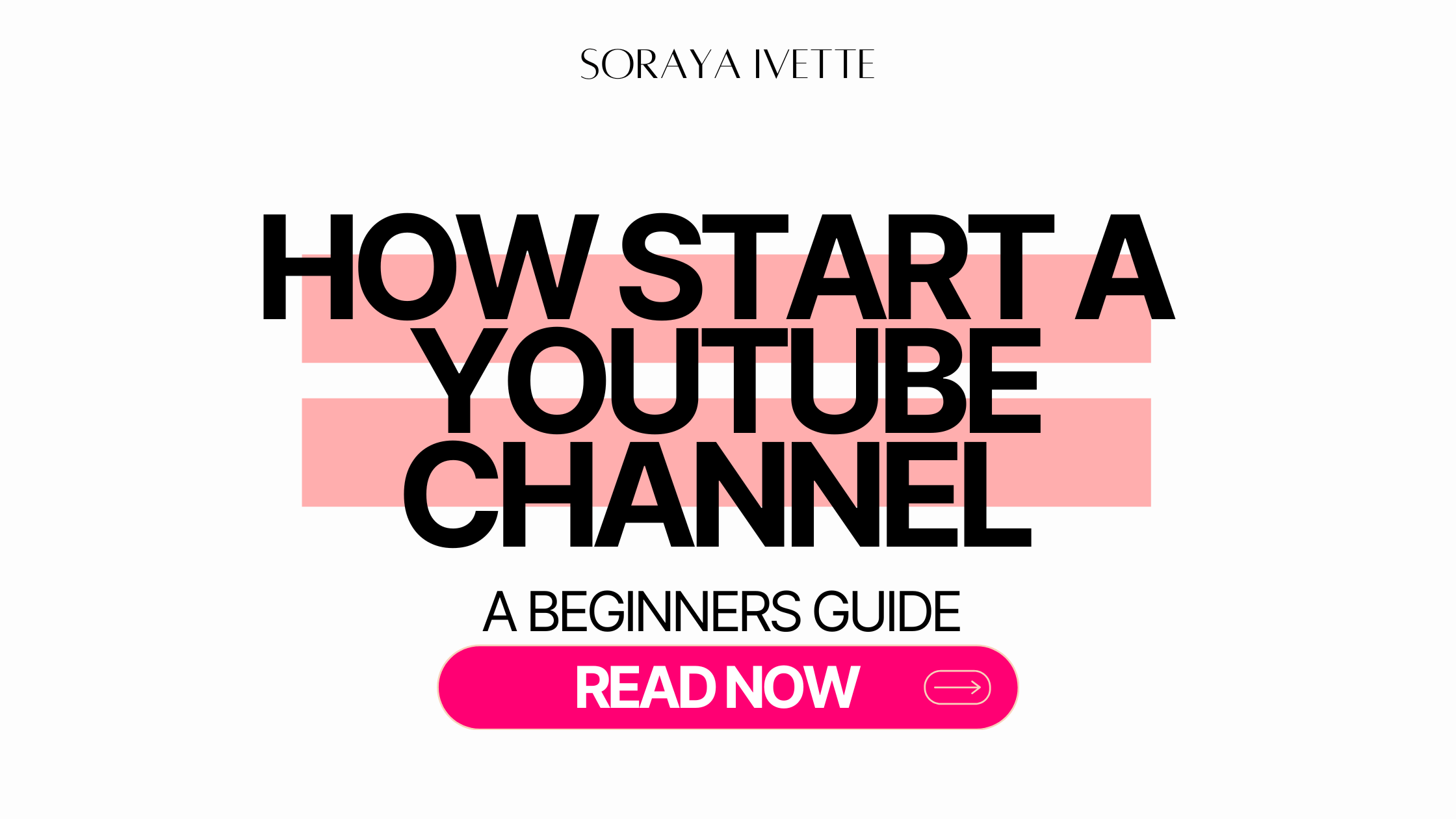Storytelling examples are everywhere in great marketing, but most business owners, solopreneurs and content creators either don’t use them or don’t realize how powerful they are. If you want your audience to trust you, relate to you, and remember you, there’s nothing more effective than a well-told story.
In this post, I’ll share storytelling examples that show you how to make your brand more relatable and your message more memorable. I’ll also break down the science behind why stories work so well, and how you can use three key types of stories in your business to build trust fast.
Grow and Scale Your Online Business with Marketing Tips, Join My Weekly Newsletter
Thanks, for joining.
Why Storytelling Works (And Why It’s Not Optional Anymore)
Storytelling isn’t just a nice touch. It’s how the human brain is wired to understand and retain information. While facts and data appeal to logic, stories activate emotions, which is where decisions are actually made.
Here’s what neuroscience tells us:
- Oxytocin Release: A well-told story triggers oxytocin, a hormone linked to empathy and trust.
- Neural Coupling: Studies show that listeners’ brainwaves sync up with storytellers’ when they’re engaged in a story—this is called neural coupling. It creates connection at a biological level.
- Dopamine and Memory: Stories with emotional impact release dopamine, which boosts memory retention.
That means when you share a story, you’re not just talking, you’re creating a physiological reaction in your audience that makes them more likely to trust you, remember you, and take action.
Storytelling Examples That Build Trust Fast
To use storytelling effectively in your business, focus on three specific types of stories. These are the stories that show who you are, why your work matters, and how you can help. They don’t require a dramatic origin or cinematic production. Just real moments told with intention.
1. Your “Before” Story (a.k.a. The Relatable Struggle)
This is one of the most powerful storytelling examples you can share.
Your “before” story is about where you were before you had the knowledge, success, or clarity you have today. It’s the part of your journey where your audience is likely stuck right now.
What it does:
- Shows empathy
- Builds relatability
- Disarms skepticism
Example: “Back in 2016, I was still working a 9-5 and barely getting traction in my side hustle. I had the passion, but no systems. I was waiting for referrals that never came, thinking I needed more followers or better branding. Once I started building my list and emailing consistently, everything changed.”
This kind of story tells your audience: I’ve been there. I get it. I didn’t always have it figured out either.
2. Your “Aha!” Moment (a.k.a. The Turning Point)
These storytelling examples highlight the moment when something clicked. It could be a mistake you learned from, a lesson that reshaped your business, or a client breakthrough.
What it does:
- Builds credibility
- Shows growth
- Gives insight
Example: “I used to obsess over writing the perfect email. Then I tested a quick story-driven email that took me 10 minutes to write—and it outperformed everything else. That’s when I realized: connection > perfection.”
Your “aha!” story gives people a reason to believe that you’re not just lucky, you’re intentional, curious, and committed to growth.
3. Your “Why This Matters” Story (a.k.a. The Values Connection)
This is one of the most underrated storytelling examples in business. Your “why” story connects your audience to your deeper values and motivations.
What it does:
- Builds emotional resonance
- Establishes brand identity
- Creates loyalty
Example: “My parents ran a small business without any online tools, just referrals, relationships, and work-ethic. Watching that shaped my view of marketing. I believe marketing should feel human, not automated. That’s why I built my agency around connection-first strategies.”
This kind of story builds long-term affinity. It turns customers into community.
How to Use These Storytelling Examples Across Your Marketing
Now that you have the storytelling examples, here’s how to plug them into your marketing consistently:
- Email Marketing: Use your “before” story in your welcome sequence to connect with new subscribers. Share “aha!” stories in weekly emails to teach and inspire. Use your “why” story during launches or on sales pages.
- Social Media: Break your stories into short reels, carousels, or captions. Use a story as a hook before introducing an offer.
- Website & Sales Pages: Your about page should include your “before” and “why” stories. Your “aha!” story can be featured as part of your product journey.
- Speaking & Video Content: Stories are more memorable than stats. Use them in webinars, podcast interviews, or YouTube intros to immediately grab attention.
Final Thoughts: Storytelling Examples Aren’t Just Nice, They’re Necessary
The next time you sit down to write content or pitch your offer, don’t just ask: What do I want them to know? Ask: What story can I tell that helps them feel it?
Stories carry the emotional weight that facts alone can’t. They are biologically designed to build connection and trust. They activate emotion, make information stick, and turn your brand from “just another offer” into the one they remember.
Start with your “before,” share your “aha!” moment, and root it all in your “why.”
Those are the storytelling examples that transform browsers into buyers, and customers into lifelong fans.
Want help mapping out your signature stories? Drop a comment or reach out—I’ll send you a free story-mapping framework you can plug into your content this week.







